In recent product quality audits and customer feedback loops, two seemingly unrelated issues have started to appear together with increasing frequency: battery depletion and adapter overheating. At first glance, these may seem like independent faults—one chemical, the other thermal. However, deeper diagnostic analysis reveals they may actually be symptoms of a single systemic flaw. Could battery depletion be directly related to adapter overheating? And if so, how can OEM/ODM manufacturers detect, prevent, and even design around this dual risk?
Battery depletion refers to the rapid or abnormal loss of charge capacity over time. In electric toothbrushes, water flossers, and personal care devices, this typically manifests as:
The root causes may involve battery chemistry degradation, poor charging current management, or repeated exposure to heat.
Adapter overheating occurs when the charger exceeds its designed thermal tolerance due to:
While overheating may first appear as a charger issue, its effect on downstream battery health can be significant. Company web:https://www.powsmart.com/product/electric-toothbrush/
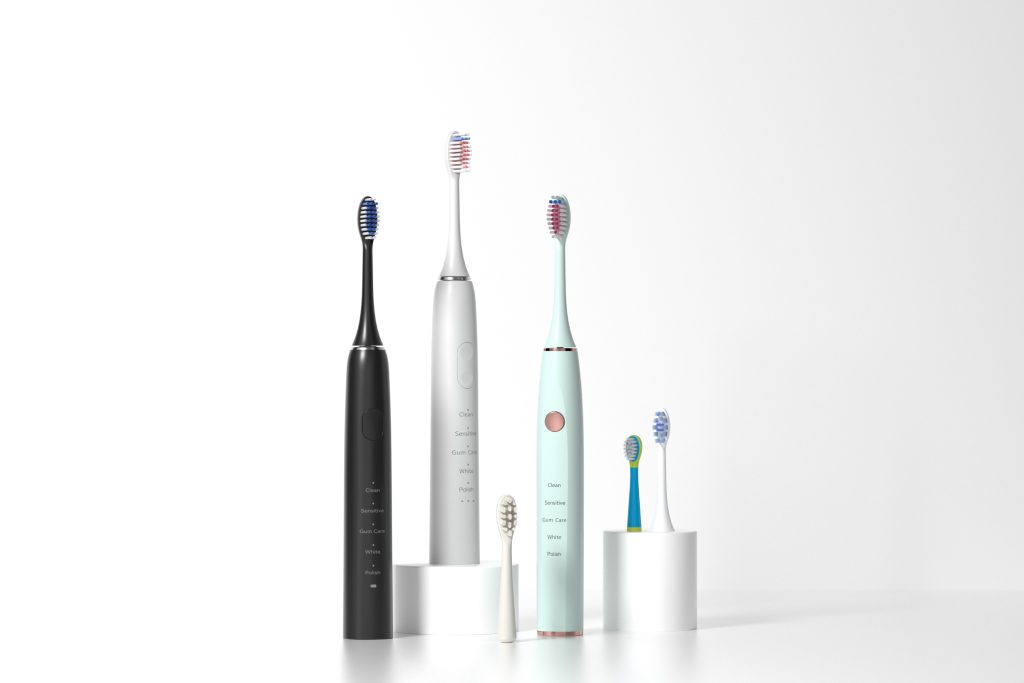
The link between adapter overheating and battery depletion lies in how elevated charging temperatures degrade battery chemistry over time. Specifically:
Thus, the adapter doesn’t just supply power—it determines the thermal and current profile under which the battery ages.
To resolve this issue holistically, manufacturers should implement a system-wide design strategy:
By synchronizing charger and device design, long-term thermal stress can be minimized.
Proactive quality assurance steps can catch these interlinked problems before reaching the customer:
This data can feed continuous improvement cycles at both charger and product level.
By solving this dual-risk issue, brands can promote:
In B2B partnerships, being able to present test data and mitigation strategies upfront builds stronger buyer confidence and product differentiation.
Yes—battery depletion and adapter overheating are often linked, and the connection lies in how charging heat and current affect battery health. For manufacturers, the key is to shift from treating them as isolated issues to tackling them through integrated design, smart circuitry, and cross-component validation. By doing so, you don’t just avoid failure—you deliver a better, longer-lasting, and safer user experience. Contact us

New Opportunities for Cross-Border E-Commerce: How to Sell the Water Flosser to the World?
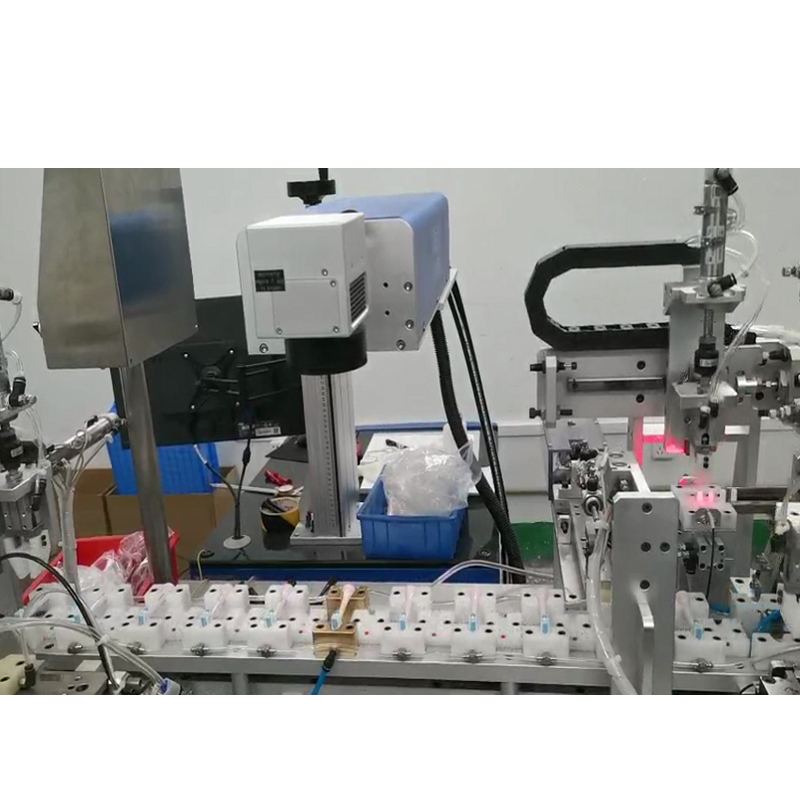
How Can Gradient Color Injection Molding Technology Improve the Attractiveness of Electric Toothbrushes?
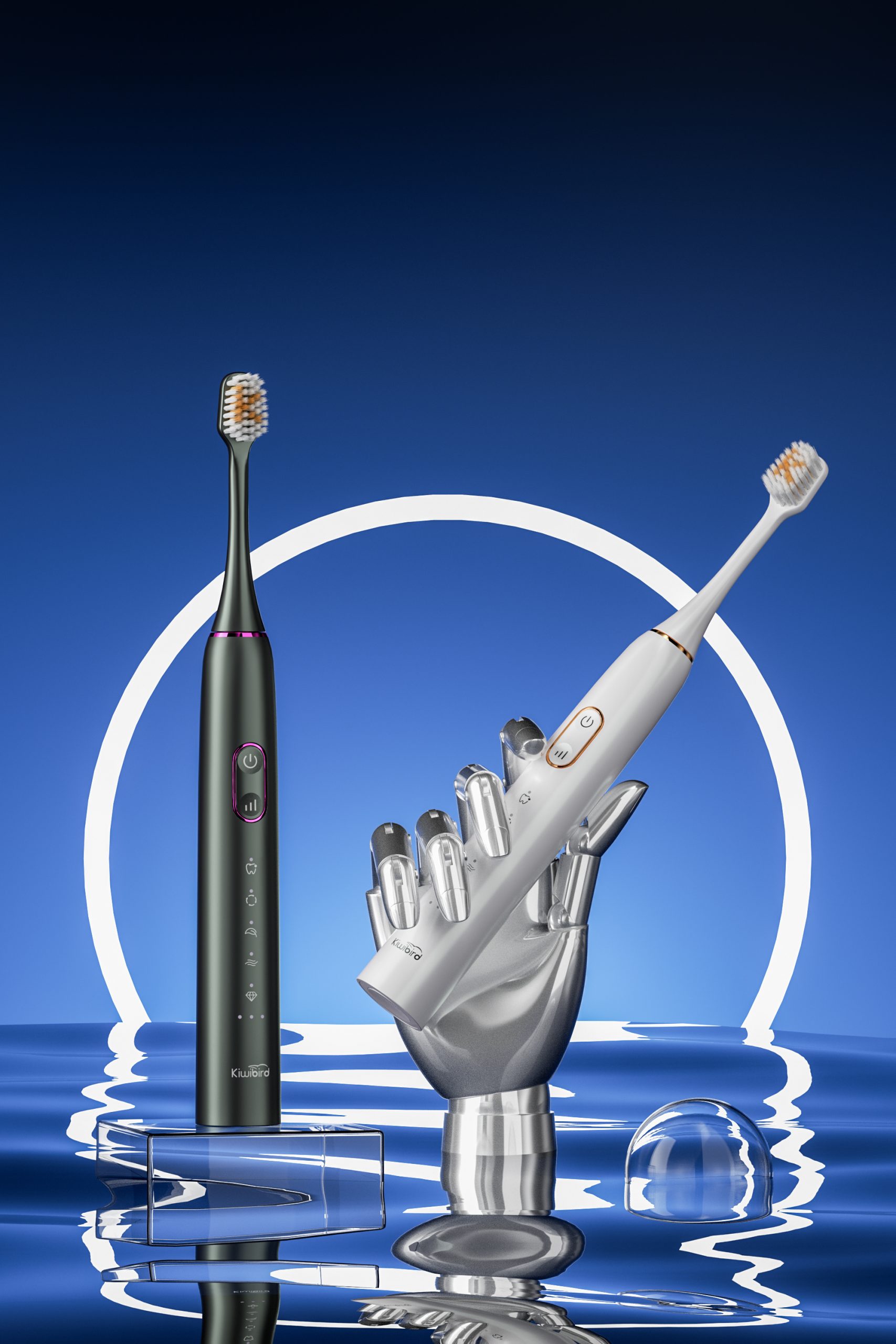
Hotel Amenity Electric Toothbrush OEM: Luxury Guest Experiences

High-Precision Machining Teeth Whitener Solutions
.jpg)
Seeking Electric Toothbrush for Hotels Supply or Electric Toothbrush for Dentists Supply?
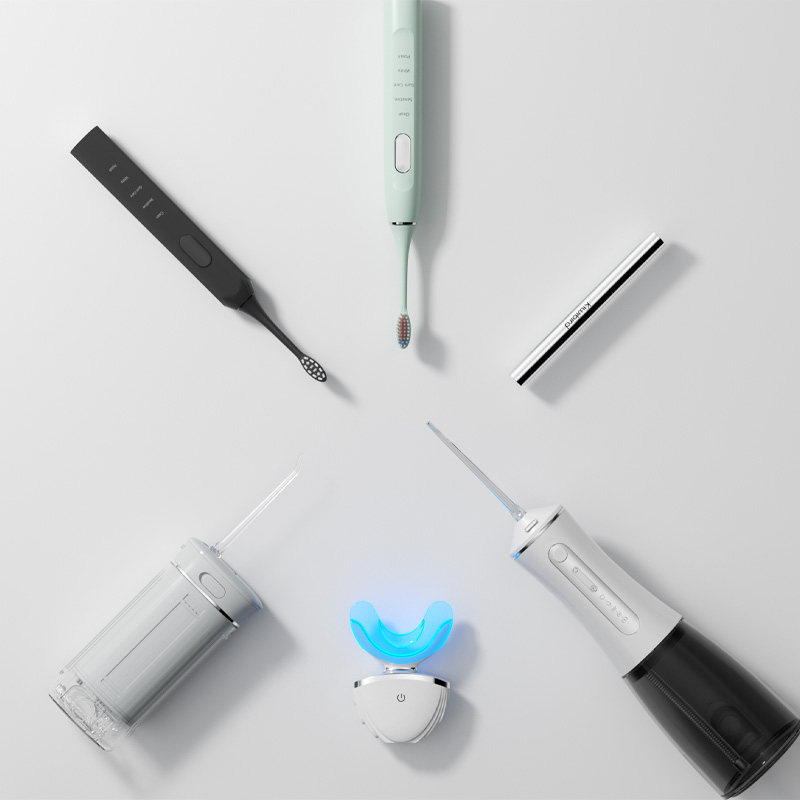
Market Potential of Electric Toothbrush & Whitening Device Combos
Mucosal Irritation with Chemical Residues – Toxic?
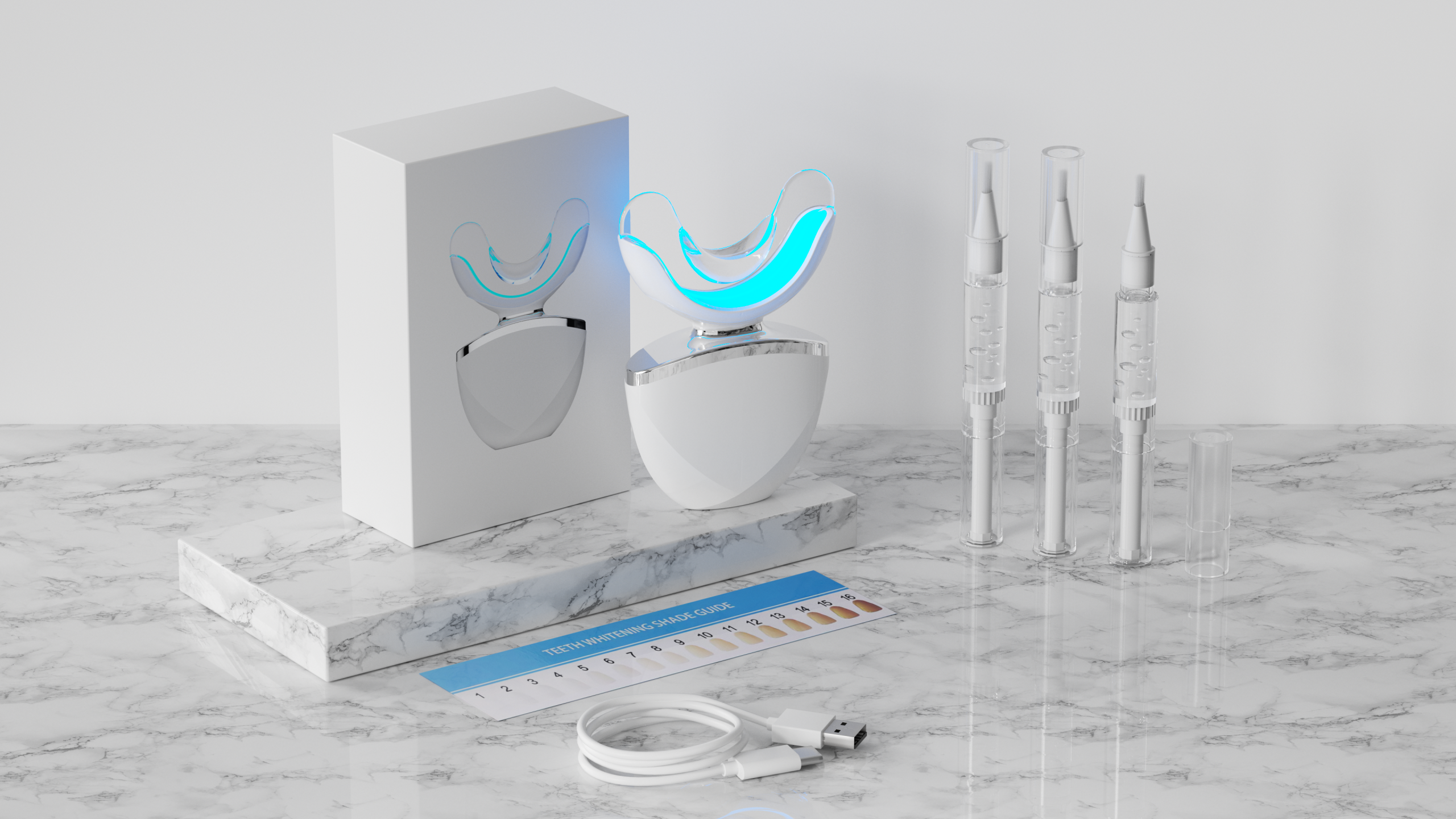
Key Advantages of Professional-Grade Home Teeth Whitening Devices
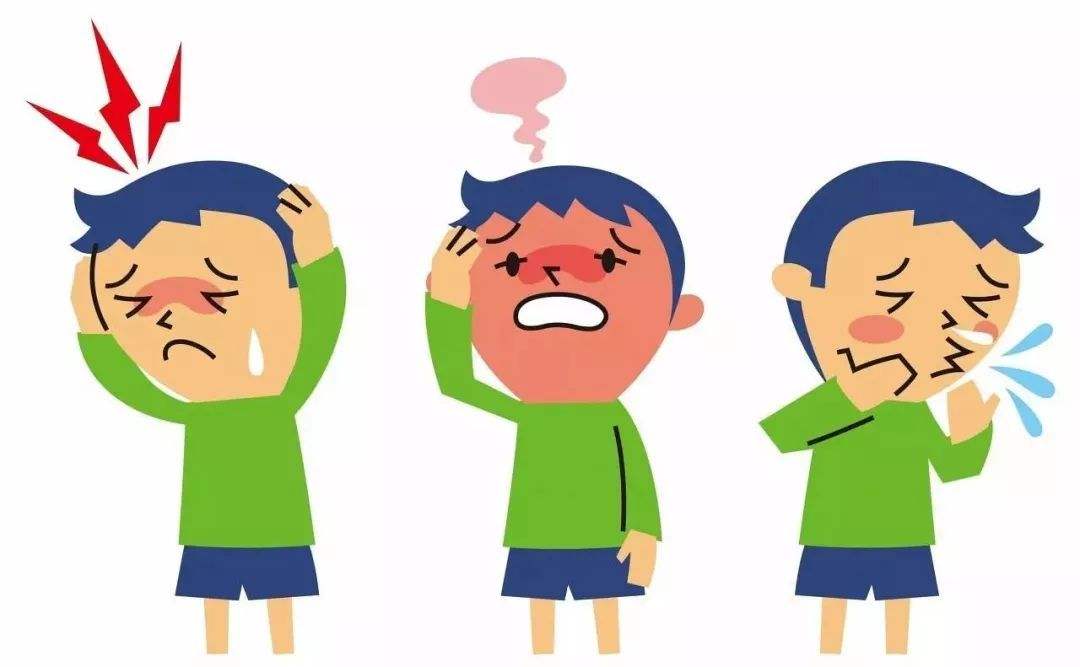
Is It Wise to Replace Your Toothbrush After an Illness? A Professional Guide
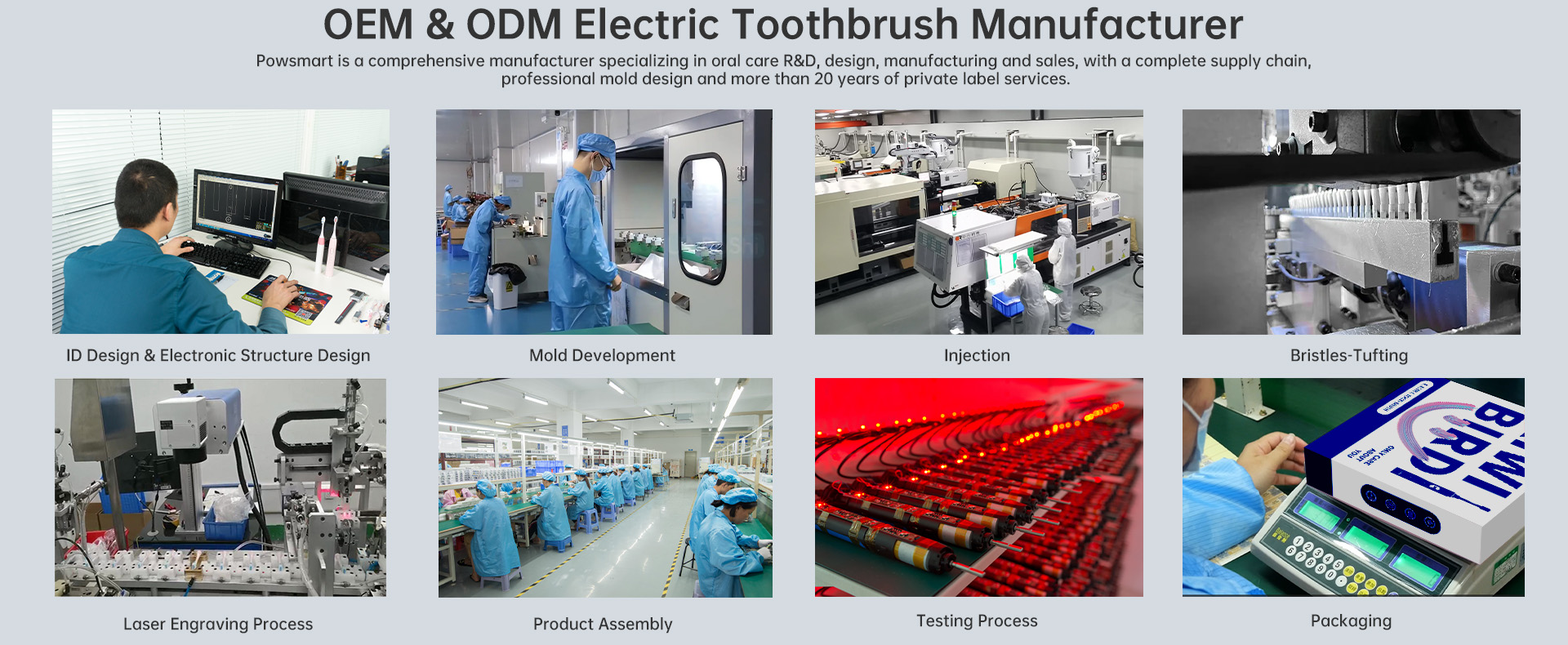
Motor Lifespan Matters! Importance of Premium Electric Toothbrush Durability

Professional Teeth Whitening Business Starter Kit – High-Profit OEM Kit
Pulp Irritation Plus Allergic Reactions – Emergency?
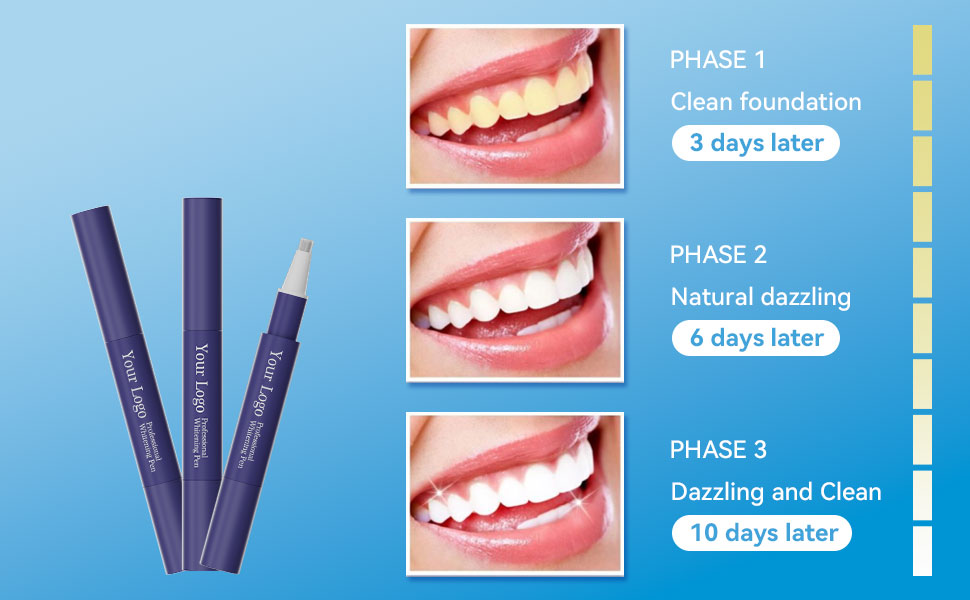
Hydrogen Peroxide vs. Carbamide Peroxide: Which Whitening Gel Formula is Right for You?

Don’t Fall for These Viral Teeth Whitening Trends: Dentist-Approved whitening

Does the 40000 Strokes/Min Sonic Brush Trigger Gum Recession?

Why Do Some Electric Toothbrush Make a Lot of Noise?

Electric toothbrush heads Charcoal Infused-Diamond

electric toothbrush heads Charcoal Infuse-Round

electric toothbrush heads Regular Clean
.jpg)
Florida Electric Toothbrush – Powsmart PTR-C8

electric toothbrush heads Ultra Soft

electric toothbrush heads Deep Clean

Private Label Whitening Gel

Customization Teeth Whitening Gel
whstapp
whstapp
National Toll-Free Service Hotline
+86 755 86238638